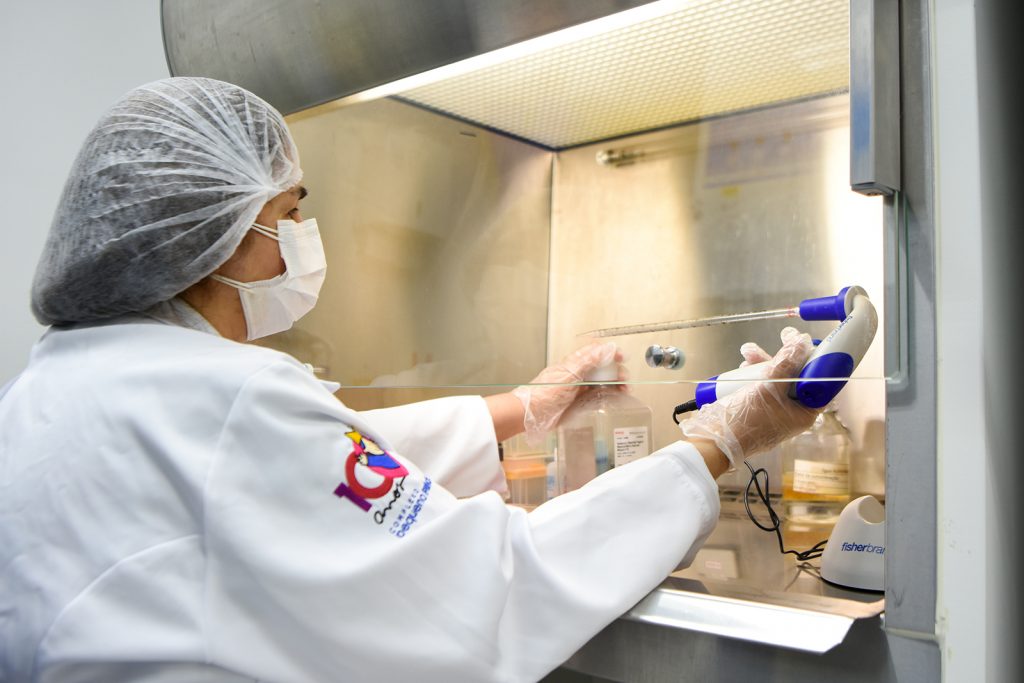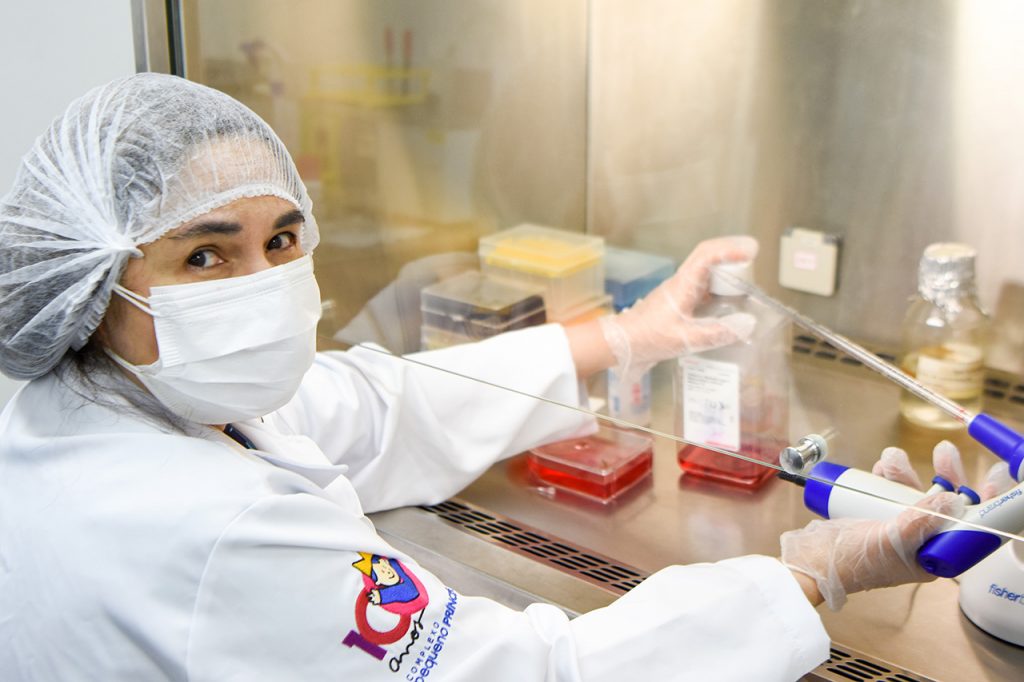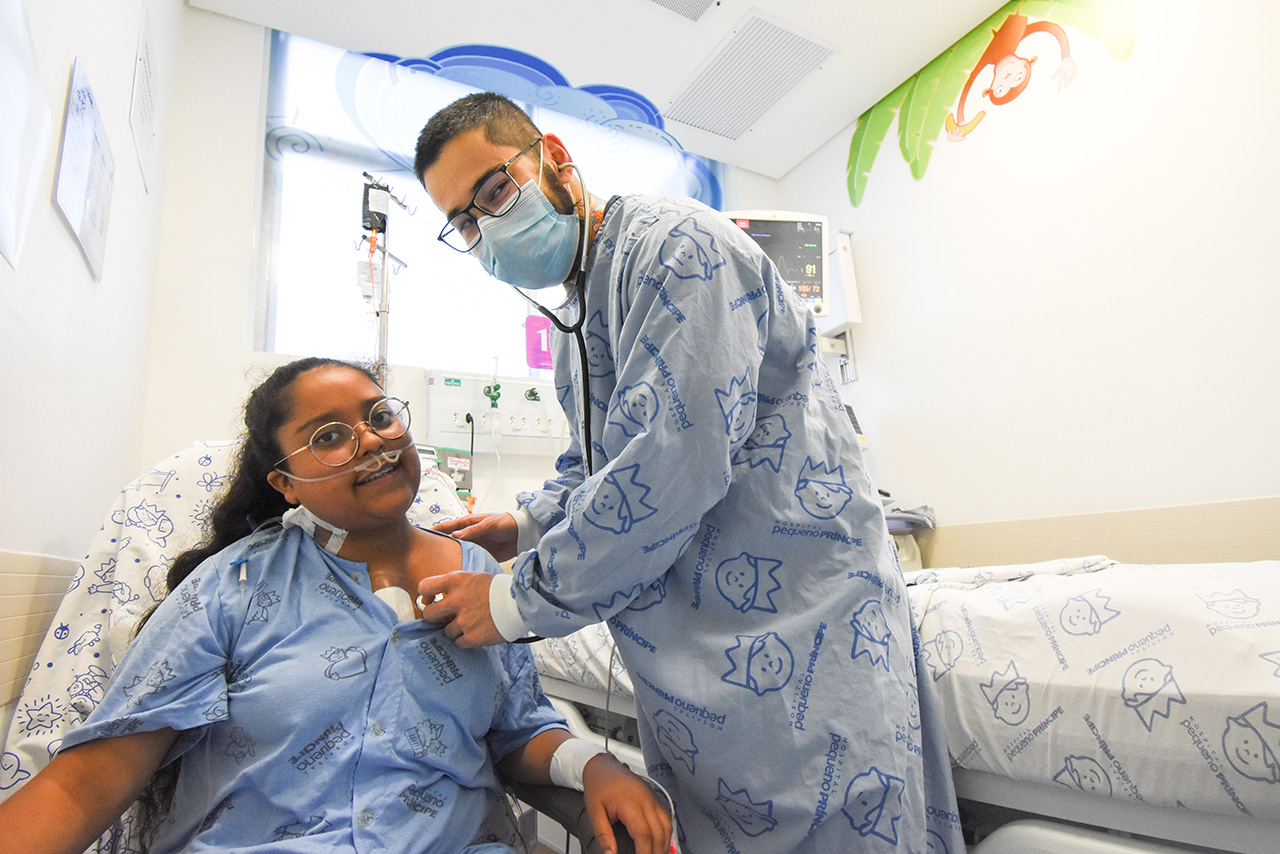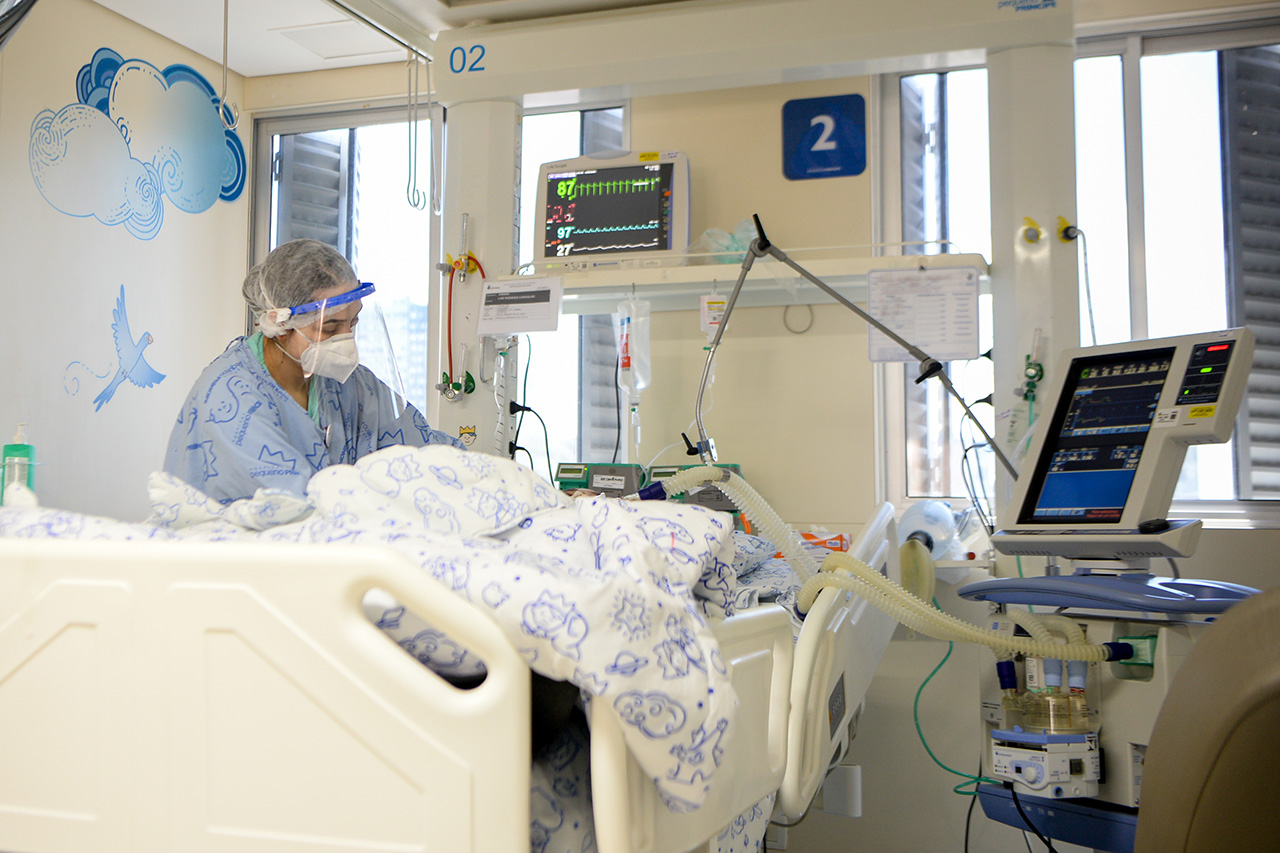Scientists from the Pelé Pequeno Príncipe Research Institute create bioactive bandages
Developed in partnership with universities, they may be applied in different clinical situations, from burns to heart attacks
A series of studies coordinated by PhD researcher Katherine Athayde Teixeira de Carvalho, from the Pelé Pequeno Príncipe Research Institute, is developing different types of bioactive curatives. Bioactive bandages are those which have biological and therapeutic properties, transporting cells, other cellular products or drugs.

The first study of this line was conducted in partnership with the Federal University of Paraná (UFPR) and sought to develop a dressing that aids in the recovery of burn victims. “To improve the quality of healing in deep second-degree burns, we developed a new treatment in a pre-clinical model, using cellulose-based nanostructured membranes containing antifungal and antimicrobial drugs, seeded with mesenchymal stem cells,” she explains.
In tests with rats, the bandages promoted a 40% to 60% reduction in acute inflammation and a 96% reduction in the injured area, increasing proliferation and collagen deposition. After 30 days, the injured area showed complete recovery.
In a second study, the scientists developed a bioactive bandage with dopaminergic cells capable of producing dopamine. Patients with Parkinson’s disease have a reduction in this neurotransmitter, and it is this reduction that is responsible for the motor and non-motor symptoms caused by the disease.
In another research, which counted on the partnership of the Pontifical Catholic University of Paraná (PUCPR), the researchers investigated the action of bioactive cellulose bandages, seeded with stem cells in the post-myocardial infarction treatment. The tests involved 45 rats that had an induced infarction. Through minimally invasive surgery, the membranes were applied to the infarcted heart of the mice. After a week, the animals underwent echocardiography to assess the outcome of the application of the bandages, and what was observed was that the applied membrane contained the dilation of the heart, a common and serious condition that happens after infarction. “Our dressing kept the heart in its elliptical shape, providing an important negative anti-remodeling action,” the researcher points out.

The scientist also highlights that the stem cells used are mesenchymal, from umbilical cords and adipose tissue, which do not cause any rejection. These tissues, as well as the human placenta, are normally discarded, being part of hospital waste.
There are also studies involving the development of bioactive bandages from placenta amniotic membrane. In this case, the original cells are removed from the membrane, and it is seeded with stem cells from adipose tissue to regenerate bone tissue.
The research has been published in leading scientific journals such as Cells, the International Journal of Nanomedicine, the Membranes, and the Tissue Calcification (Springer-Nature).
According to the researcher, one of the next steps of the research will be to seek the patents of the processes used to develop the bandages, with the objective of, in the future, producing and commercializing the membranes as products and bioprocesses, contributing to the development of more efficient treatments in different clinical situations. Moreover, “with the introduction of 3D technology in the Research Institute, by means of bioprinters, new bioactive bandages are being prospected,” she reveals.
All the projects developed by the team were approved by the Ethics Committee on Human Research (CEP) and the Committee on Experimentation and Use of Animals (CEUA).
The research projects carried out by the Pelé Pequeno Príncipe Research Institute constantly need the support of society. If you wish to support these studies, please get in touch with Carolina Fossati (carolina.fossati@hpp.org.br). Your donation helps us transform lives!
More
Pequeno Príncipe reaches a historical mark in the number of transplants
Two years after the resumption, the Hospital almost doubles the total number of liver transplants, with 23 procedures
Cases of COVID-19 in children and adolescents had an outstanding increase by early 2022
Since the beginning of the pandemic, this was the time with the greatest impact of the disease on the child-youth population; the increase in numbers reinforces the urgency of vaccination









